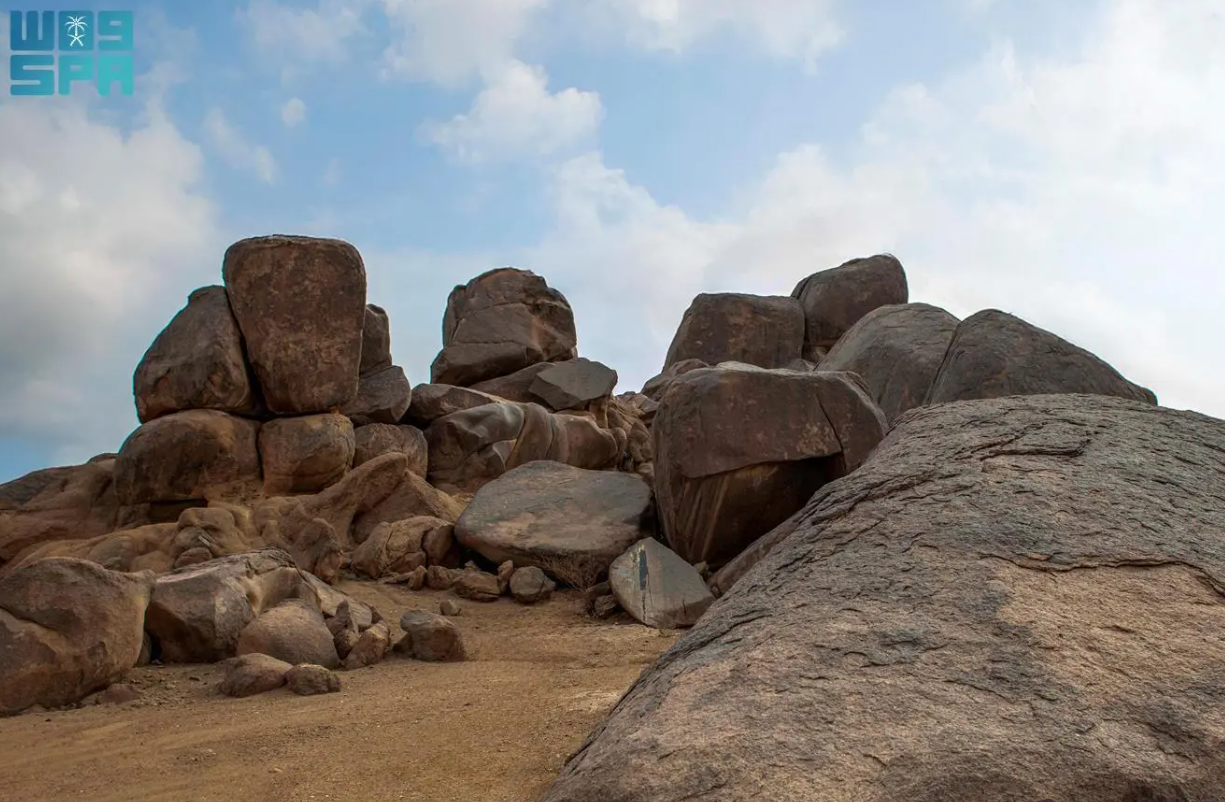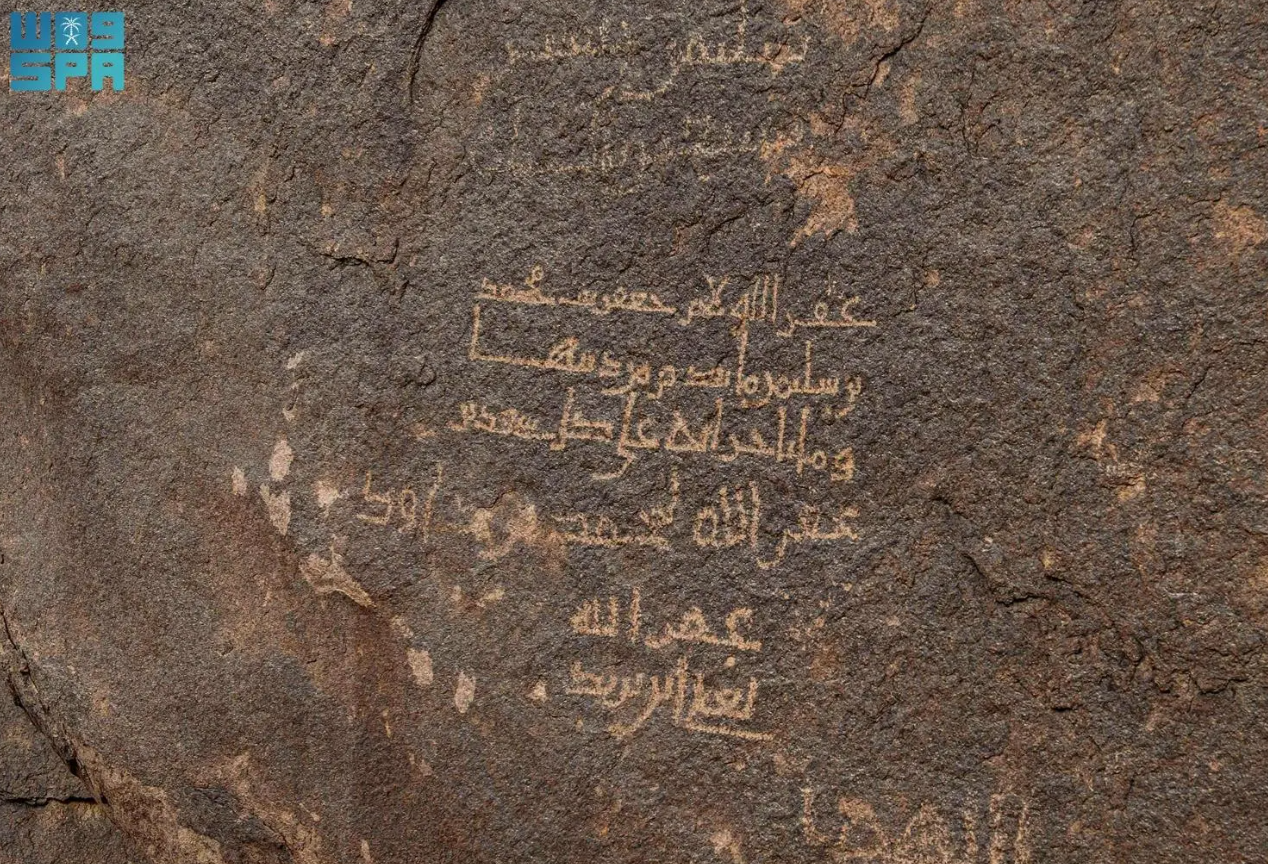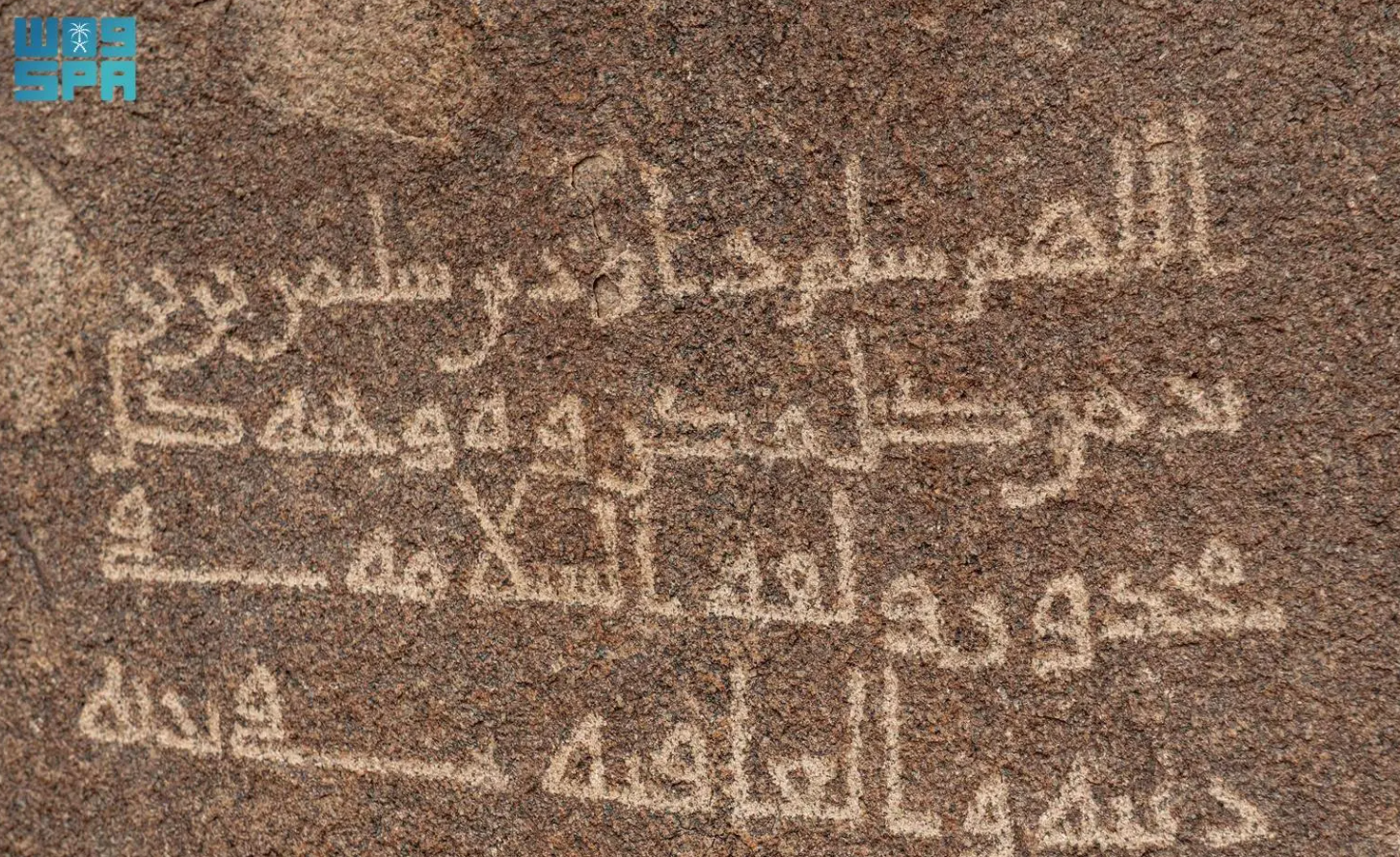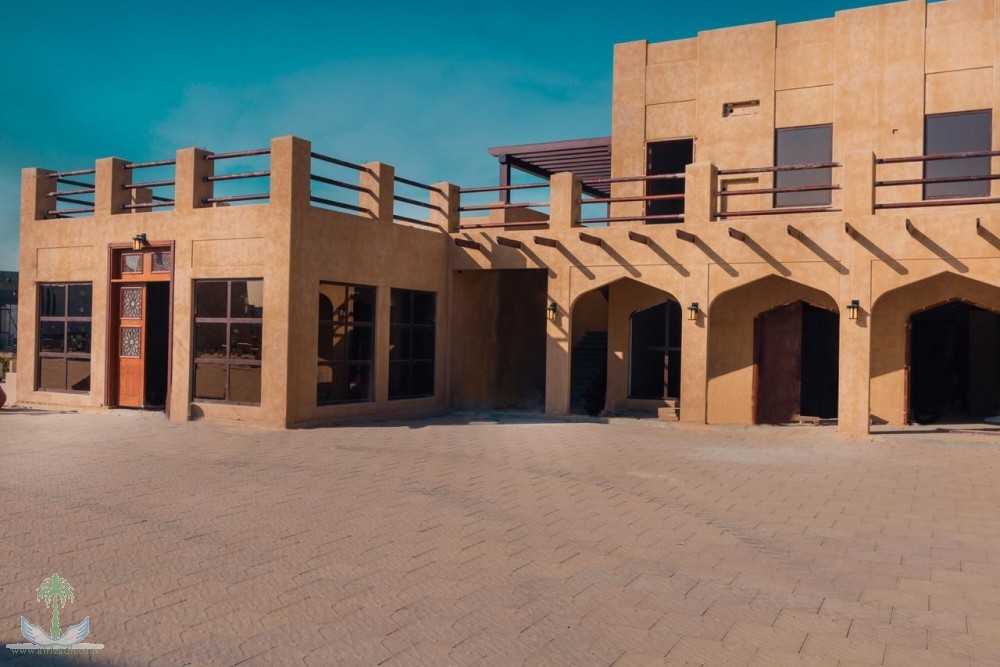
Al-Tharwa Mountain: Open-Air Museum of Early Islamic Inscriptions in Najran
Hidden within the creek of Al-Tharwa Mountain, south of King Fahd Park in Najran Region, lies a remarkable collection of early Islamic art etched into the mountain's rocky landscape, serving as a living archive of rare inscriptions that provide a historical record of the ancient past and the richness of Islamic civilization.
The inscriptions embody the precision and splendor of early Islamic calligraphy, representing a significant transitional phase in the history of Arabic arts. This makes Al-Tharwa Mountain an open-air museum narrating the beginnings of Islamic civilization.
In an interview with the Saudi Press Agency, Dr. Salem Bin Tairan, professor at King Saud University specializing in Semitic languages, ancient writings, and archaeology, emphasized the importance of Islamic inscriptions for studying Islamic history and civilization. He highlighted Najran's wealth of inscriptions from the early Islamic period, noting that an archaeological survey in the region has identified and documented over 200 Islamic Kufic inscriptions across various sites, with Al-Tharwa Mountain alone yielding 33 inscriptions, 26 of which were attributed to members of a single family.
Although the inscriptions lack explicit dates, their script style and the names mentioned suggest they date back to the second and third centuries AH. Most of these inscriptions feature religious formulas and supplications, expressing faith in death, trust in Allah, monotheism, and prayers for the Prophet Muhammad (peace be upon him), along with the signatures of those who carved them.
Abdullah Al-Suqour, a member of the Najran Tourist Club and a certified tour guide, highlighted Al-Tharwa Mountain as a crucial archaeological and tourist landmark. He explained that the historical evidence found there underscores the importance of early Islamic inscriptions, which are distinguished by their beauty, organization, and precise linguistic structures. Notably, some inscriptions were written by women, who etched their names alongside commemorative and religious phrases into the mountain's rocks, indicating a period of widespread education across all segments of society.










